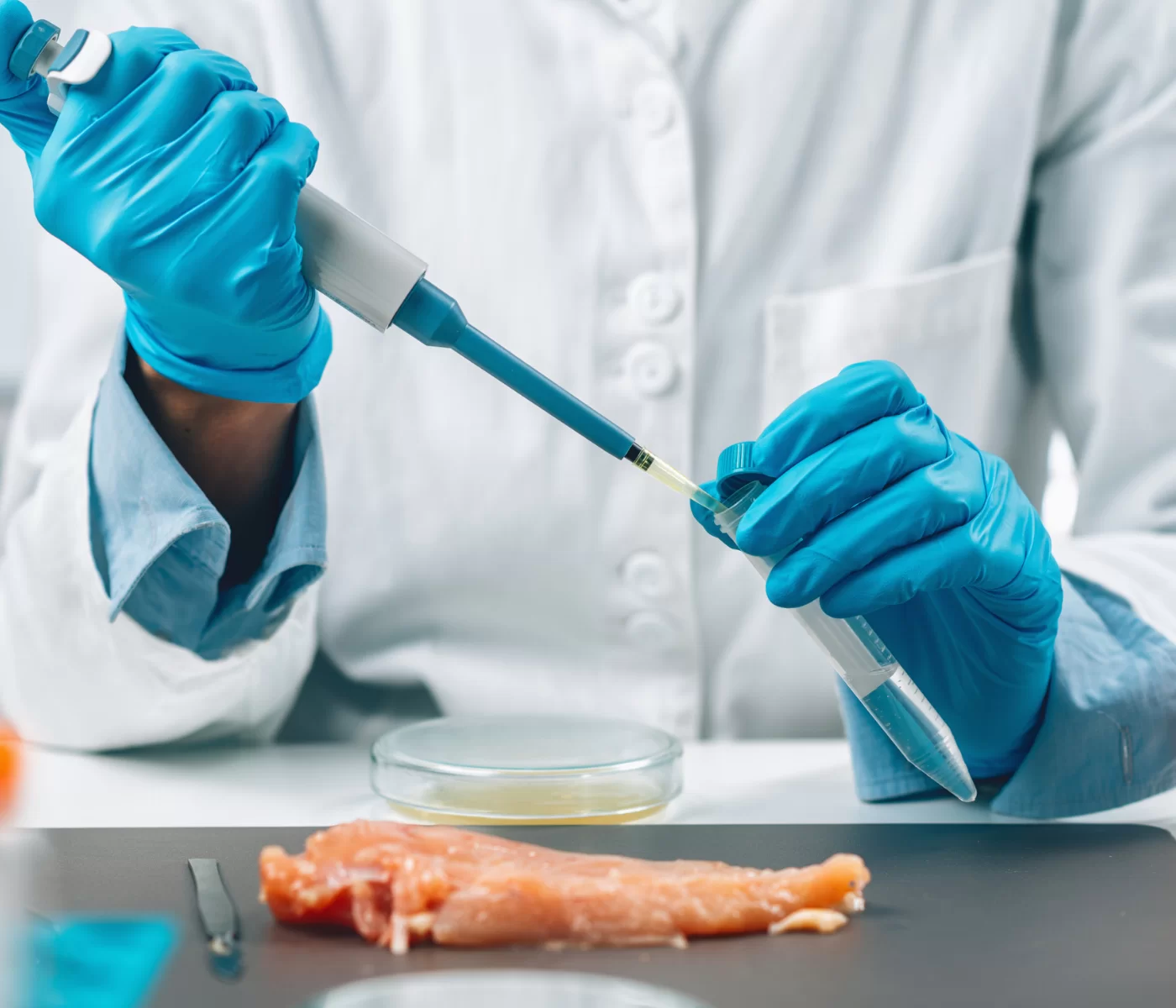Salmonella is a type of bacteria that can cause an infection known as salmonellosis. This infection can affect both humans and animals, and it is often transmitted through contaminated food, water, or animal feces. It is one of the most common types of foodborne illness, and it can range in severity from a mild illness to a serious, life-threatening infection.
Symptoms of salmonella infection typically develop within six to 72 hours after exposure to the bacteria and can last for several days or weeks. The most common symptoms of salmonella infection include:
Diarrhea
Fever
Abdominal cramps
Nausea
Vomiting
Headache
Muscle aches
Loss of appetite
In some cases, salmonella infection may also cause a rash or redness on the skin, as well as joint pain and swelling. In severe cases, the infection may spread to the bloodstream and cause more serious complications, such as sepsis (a potentially life-threatening condition in which the body’s immune system overreacts to an infection and starts to damage healthy tissues and organs).
Treatment for salmonella infection typically involves replenishing fluids and electrolytes that have been lost due to diarrhea and vomiting. This can be done by drinking clear fluids, such as water, broth, and sports drinks, or by taking oral rehydration solutions. In severe cases, hospitalization may be necessary to provide intravenous fluids and electrolytes.
Antibiotics may also be prescribed to help clear the infection, but they are not always necessary. In most cases, the body’s immune system is able to fight off the infection on its own. However, in some cases, particularly in people with compromised immune systems or those who have a severe infection, antibiotics may be necessary to help speed up recovery and prevent complications.
Preventing salmonella infection is important to avoid getting sick and spreading the infection to others. Some simple steps you can take to reduce your risk of getting salmonella include:
Washing your hands frequently, especially after handling raw meat or eggs
Washing all cooking surfaces, utensils, and cutting boards thoroughly after preparing raw meat
Cooking foods to the appropriate temperature to kill any bacteria that may be present
Avoiding cross-contamination by keeping raw meat, poultry, and eggs separate from other foods
Washing all fruits and vegetables before eating them
Avoiding drinking water from sources that may be contaminated, such as lakes or streams
Washing your hands after handling pets, especially reptiles or birds
If you suspect that you or someone you know may have a salmonella infection, it is important to see a healthcare provider as soon as possible. Early treatment can help to speed up recovery and prevent complications.

 Home
Home Health
Health Diet & Nutrition
Diet & Nutrition Living Well
Living Well More
More












